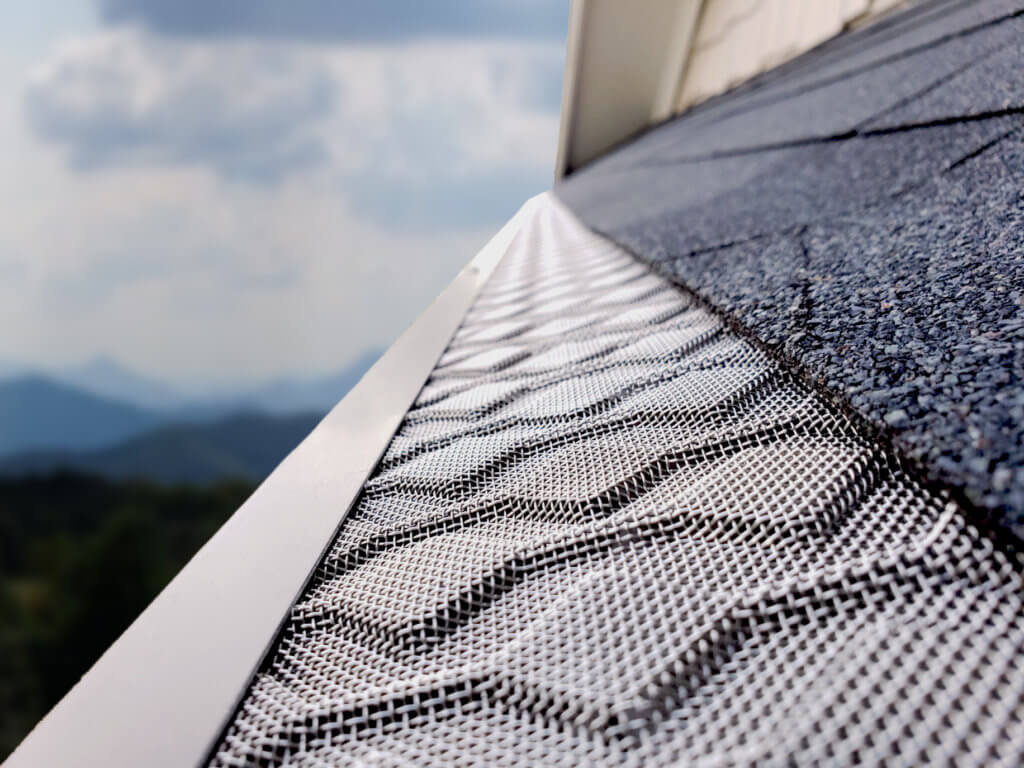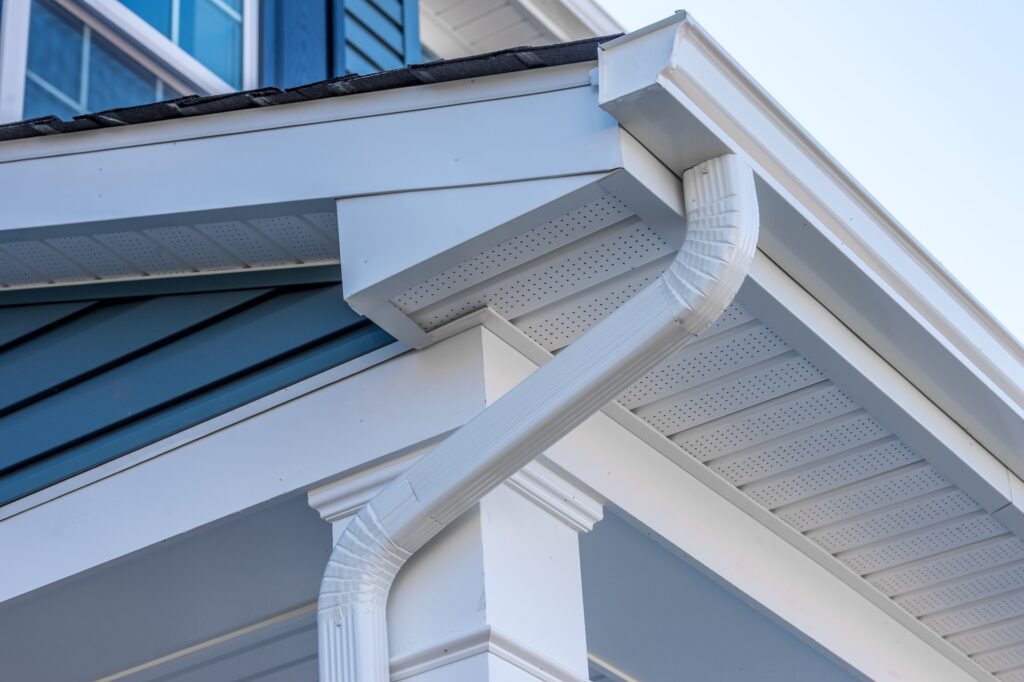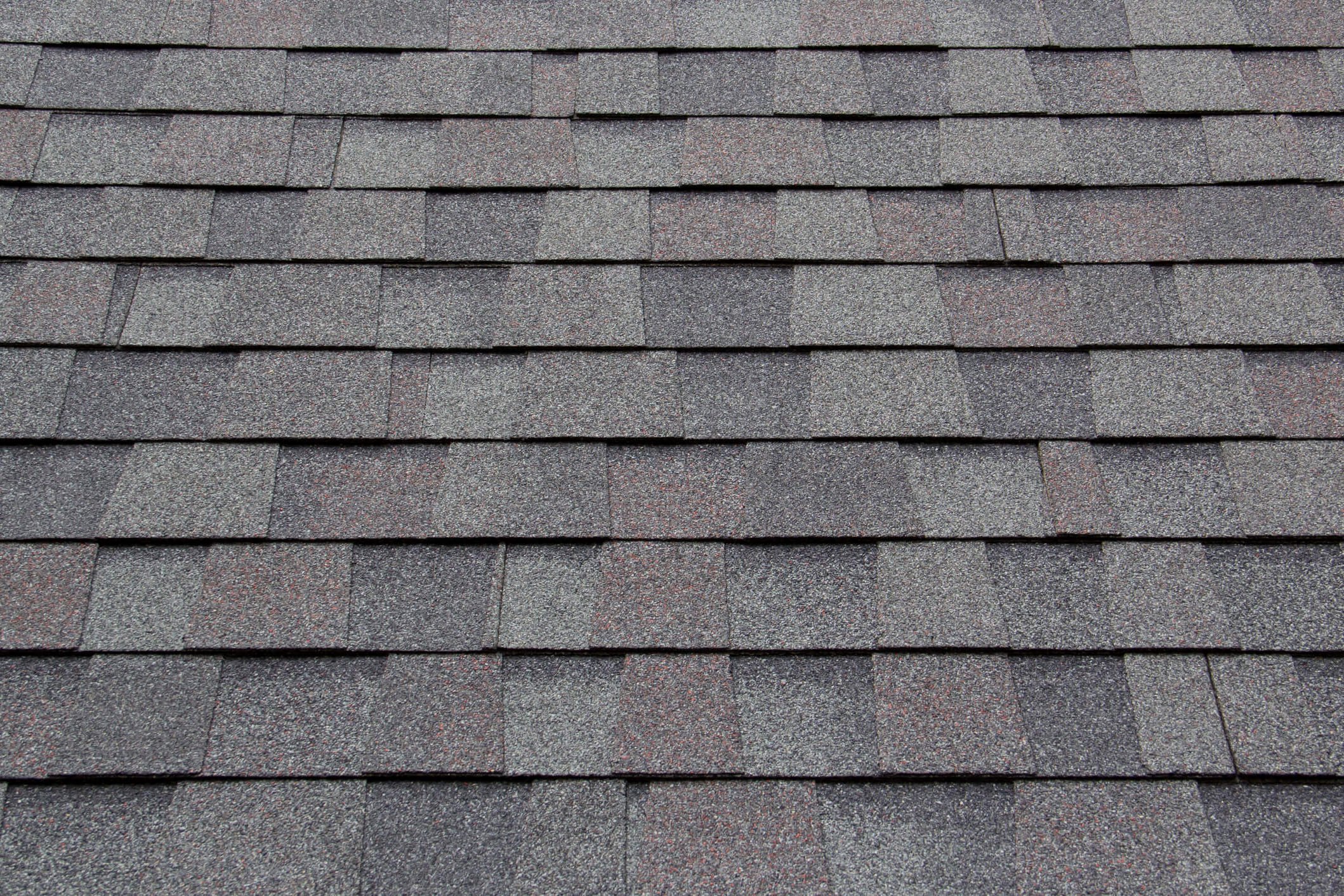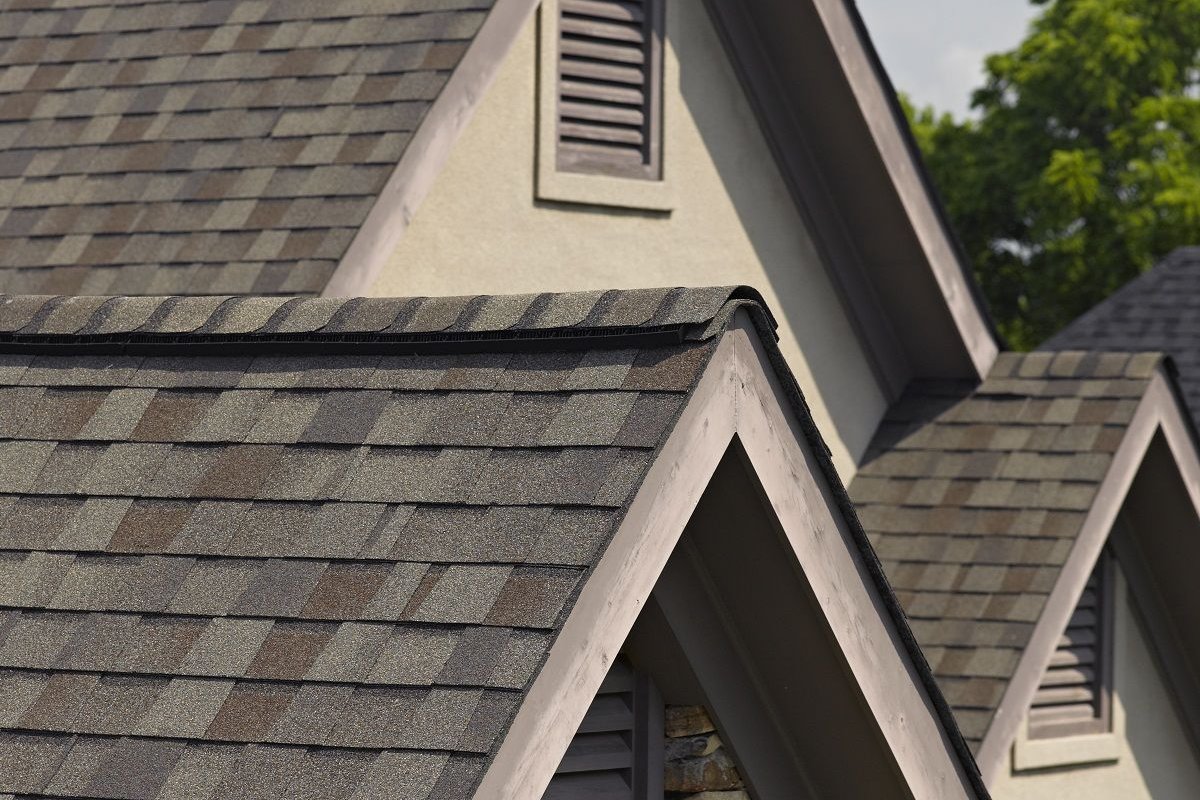IKO Shingles Review: What Lincoln City, Oregon Homeowners Need to Know
Choosing the right roofing shingles is a critical decision for any homeowner, impacting everything from curb appeal and property value to, most importantly, protection against the elements. For residents of Lincoln City, Oregon, where coastal weather patterns can be particularly demanding, selecting a durable and reliable roofing material is paramount. Among the many options available, IKO shingles are a brand frequently encountered in the market, known primarily for their affordability and wide range of styles. However, understanding their quality, performance characteristics, and how they stack up against competitors is essential before making a choice for your home in Lincoln City. This article delves into the details of IKO shingles, examining their pros and cons, and comparing them to other prominent brands to help you make an informed decision.
Understanding Asphalt Shingles
Before diving into IKO specifically, it's helpful to understand the broader category of asphalt shingles, as they are the most common roofing material used on residential homes across North America. Asphalt shingles consist of a fiberglass or organic mat coated with asphalt and covered with ceramic granules. The granules provide color, UV protection, and fire resistance. There are two main types:
- 3-Tab Shingles: These are the traditional, flat shingles with three tabs per strip. They are the most economical option but also the lightest and generally have the shortest lifespan (typically 15-20 years) and lowest wind resistance.
- Architectural (Laminate) Shingles: These are thicker, multi-layered shingles that provide a more dimensional look, mimicking the appearance of wood shakes or natural slate. They are heavier, more durable, offer better wind resistance, and come with longer warranties (often 25 years to lifetime). They are the most popular choice for new roofs and replacements today.
IKO manufactures both 3-tab and architectural shingles, as well as some specialty lines designed for specific looks or enhanced performance.
What Are IKO Shingles?
IKO (Innovations in Roofing) is a global manufacturer of roofing materials, including asphalt shingles, commercial roofing, and related products. Founded in Canada in 1951, IKO has grown significantly over the decades and is a major player in the North American roofing market. They offer a diverse portfolio of asphalt shingles under various product lines, catering to different budgets and aesthetic preferences. Their primary market position is often seen as providing cost-effective roofing solutions.
IKO's product lines include:
- Traditional (3-Tab): Lines like Marathon™ are their standard 3-tab offerings.
- Performance (Architectural): Lines such as Cambridge™, Dynasty™, and Nordic™ fall into their architectural category, offering varying levels of thickness, wind resistance, and aesthetic features. Dynasty™ includes an "ArmourZone®" for enhanced wind performance, while Nordic™ features an "Armourshake™" look and SBS-modified asphalt for impact resistance.
- Designer (Premium): Products like Crowne Slate™ and Royal Estate™ mimic the look of slate or wood shakes and are thicker, heavier, and typically more expensive.
IKO's manufacturing process involves producing their own fiberglass mats, coating them with asphalt, and applying granules. They emphasize vertical integration, controlling much of their supply chain, which they state helps manage costs and quality.
The Appeal of IKO Shingles: Pros
Homeowners and contractors often consider IKO shingles for several reasons, primarily centered around accessibility and cost.
- Affordability: One of the most significant advantages of IKO shingles is their price point. They are often among the most budget-friendly options available, making them attractive for homeowners looking to minimize the upfront cost of a roof replacement.
- Wide Availability: IKO products are widely distributed through various building supply centers and lumber yards, making them easily accessible to roofing contractors and homeowners across North America.
- Variety of Styles and Colors: IKO offers a broad palette of colors and different styles, particularly within their architectural lines. This provides homeowners with ample choices to match their home's aesthetic and personal preferences.
- Enhanced Product Options: While their standard lines are budget-focused, IKO does offer higher-end products like Dynasty™ and Nordic™ that incorporate features like enhanced wind ratings and SBS-modified asphalt (in the Nordic™ line), attempting to compete with performance-oriented shingles from other brands.
For non-urgent situations like planning a future roof replacement or budgeting, understanding the potential costs is a great first step.
If you're planning a roof replacement or simply want to understand the potential costs for your home without an in-person visit, you can get a quick, free estimate using satellite imagery and local pricing data.
Potential Concerns and Cons of IKO Shingles
While affordable and readily available, IKO shingles have faced criticism and reports of performance issues over the years. These concerns are important for homeowners to consider, especially in areas like Lincoln City, Oregon, where roofs are exposed to significant moisture and wind.
- Durability and Granule Loss: A frequently cited concern with some IKO lines, particularly older or standard architectural shingles, is premature granule loss. Granules are vital for protecting the asphalt from UV rays and weathering. Excessive granule loss can accelerate the deterioration of the shingle, reducing its effective lifespan significantly. Reports suggest that some IKO shingles may show significant granule loss sooner than comparable products from other manufacturers.
- Weathering and Brittleness: Some users have reported that certain IKO shingles can become brittle over time, making them more susceptible to cracking, especially in colder temperatures or during hail events. This can compromise the shingle's ability to shed water effectively.
- Consistency Issues: While IKO emphasizes vertical integration for quality control, some anecdotal reports from contractors have mentioned inconsistencies in shingle quality or manufacturing between batches.
- Warranty Limitations: While IKO offers warranties, understanding the specifics is crucial. Like many manufacturers, their warranties often have complex terms, including prorated coverage after an initial period (e.g., 5-10 years). This means the warranty covers a decreasing percentage of the shingle cost as the roof ages, and often doesn't cover the full cost of labor or associated materials for replacement. Filing a warranty claim can also be a complex process. It's important to read the warranty document carefully.
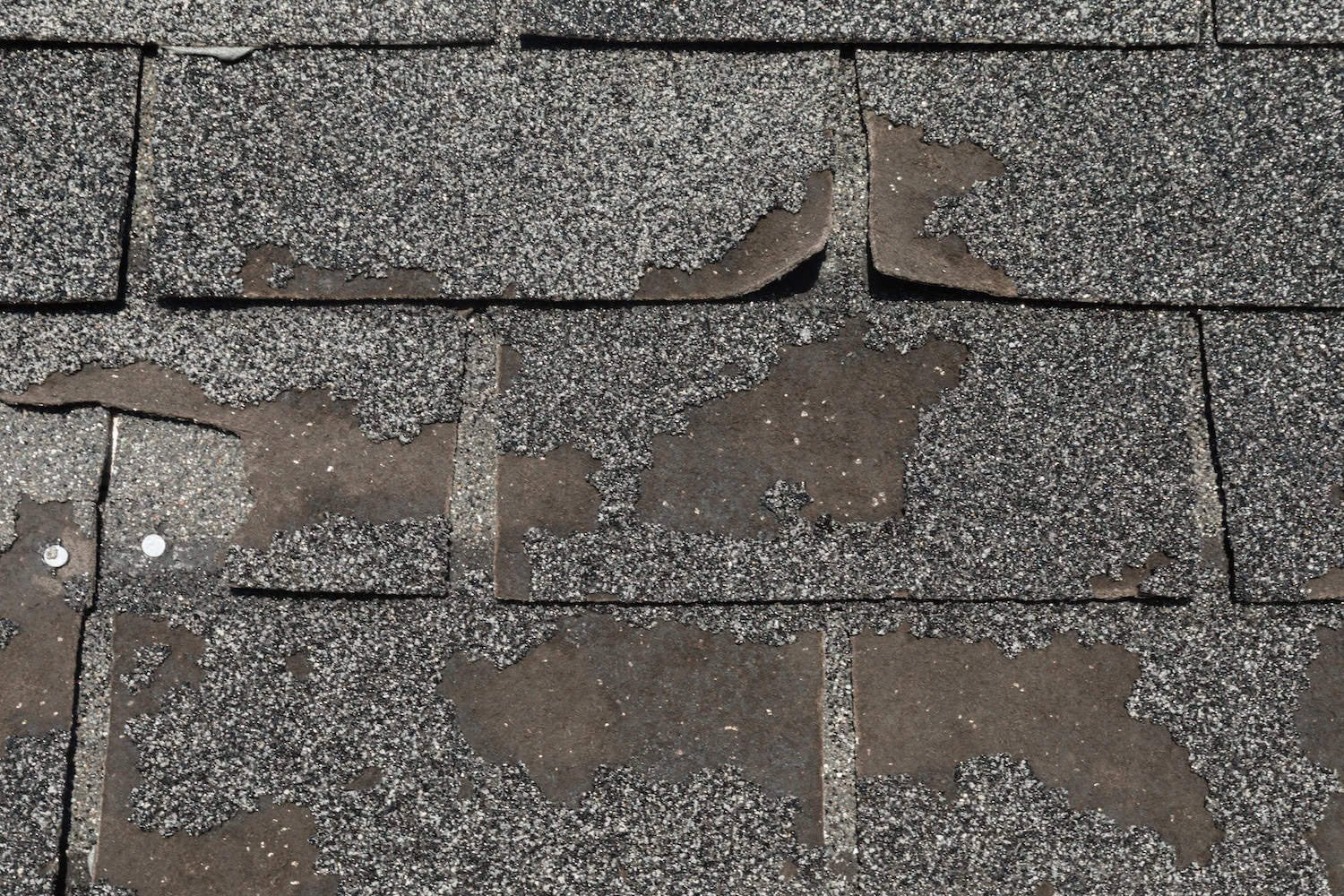
Excessive granule loss can significantly reduce the lifespan of asphalt shingles.
These potential drawbacks highlight the trade-off between upfront cost and long-term performance and durability. For a coastal environment in Oregon, factors like moisture resistance and wind uplift resistance are critical, and potential issues like premature granule loss or brittleness could lead to a shorter roof lifespan than expected.
IKO vs. The Competition: Malarkey, GAF, Owens Corning, and CertainTeed
Comparing IKO to other major asphalt shingle manufacturers provides context for its position in the market and helps homeowners understand what they might gain or sacrifice by choosing one brand over another. Malarkey Roofing Products, GAF, Owens Corning, and CertainTeed are all significant players, often perceived as offering higher performance or different value propositions compared to IKO.
IKO vs. Malarkey
Malarkey Roofing Products, based in Portland, Oregon, has a strong reputation, particularly in regions with challenging weather, like the Pacific Northwest. They are known for their focus on innovation, sustainability, and durability.
- Technology: Malarkey heavily utilizes SBS-modified asphalt in many of their shingle lines (like the Legacy® and Vista™ series). SBS (Styrene-Butadiene-Styrene) is a rubberizing polymer added to asphalt, making the shingles more flexible, durable, and resistant to cracking, tearing, and impact (hail). This flexibility is particularly beneficial in varying temperatures. While IKO uses SBS in their premium Nordic™ line, it's a core technology across more of Malarkey's offerings. Malarkey also incorporates granules that help reduce algae and moss growth, a significant benefit in humid climates like coastal Oregon.
- Durability and Performance: Due to the SBS modification and other proprietary technologies (like their Zone® nailing area), Malarkey shingles are generally considered more durable and better performing, especially in extreme weather, compared to IKO's standard architectural shingles. They often have higher impact ratings and better resistance to wind uplift.
- Warranty: Malarkey offers competitive warranties, and their focus on performance often translates into fewer warranty claims related to premature failure compared to some IKO lines.
- Cost: Malarkey shingles are typically more expensive than IKO's standard architectural shingles, reflecting the difference in technology and perceived performance. However, the higher upfront cost may be offset by a longer lifespan and fewer issues down the road.
For homeowners in Lincoln City, Oregon facing urgent roofing issues like active leaks or storm damage, delaying professional assessment isn't advisable.
Instead of waiting, you can quickly connect with qualified local roofers who can address the problem promptly.
IKO vs. GAF
GAF is one of the largest roofing manufacturers in North America, offering a vast range of products from economy to premium lines.
- Product Range: GAF has an extensive product line, including their popular Timberline® architectural shingles (various series like HDZ™, AH™). They offer a wide array of colors, styles, and performance levels.
- Technology: GAF employs technologies like their Dura Grip™ adhesive seals for wind resistance and StainGuard Plus™ for algae resistance. They also offer specialized systems (GAF Lifetime Roofing System) that include multiple components designed to work together, often backed by enhanced warranties when installed by certified contractors.
- Perceived Quality: GAF's Timberline series is generally considered a reliable mid-range to upper-mid-range architectural shingle. While some past issues have been reported with certain GAF lines, their current products are widely used and generally well-regarded for balancing cost and performance. They are often seen as a step up in perceived quality and consistency compared to IKO's standard lines.
- Cost: GAF shingles are typically priced competitively, often falling into a mid-range category – generally more expensive than standard IKO but potentially less than premium Malarkey or CertainTeed lines.
IKO vs. Owens Corning
Owens Corning is another major player known for its insulation and building materials, including a popular line of asphalt shingles, most notably the Duration® series.
- Product Range: Owens Corning offers a strong line of architectural shingles with attractive colors and styles. Their Duration® shingles are a prominent product.
- Technology: A key feature of Owens Corning Duration® shingles is the SureNail® Technology, a wide, highly visible fabric strip in the nailing area designed for exceptional grip and wind resistance. This technology is often praised by installers for ease of use and performance. They also offer algae resistance features.
- Perceived Quality: Owens Corning shingles, particularly the Duration® line, are generally considered reliable and durable, offering good value for their price. They are often compared directly with GAF's Timberline series.
- Cost: Owens Corning shingles are typically priced in the mid-range, similar to GAF and above IKO's standard offerings.
IKO vs. CertainTeed
CertainTeed is another long-standing manufacturer with a reputation for quality and a wide range of roofing products, from standard architectural to luxury shingles.
- Product Range: CertainTeed offers various architectural shingles, including the Landmark® series (a very popular and well-regarded line) and premium options like Presidential Shake®.
- Technology: CertainTeed's Landmark shingles are known for their weight and thickness, contributing to durability and a substantial look. They offer good wind resistance and algae resistance options. Their higher-end lines incorporate advanced materials and construction.
- Perceived Quality: CertainTeed is often perceived as a premium brand, particularly their Landmark series, which is widely considered one of the best standard architectural shingles on the market for balancing quality, durability, and aesthetics. They tend to have fewer reported issues compared to some budget-focused brands.
- Cost: CertainTeed shingles, especially the Landmark series and above, are typically priced higher than IKO, GAF, and Owens Corning's standard architectural lines, reflecting their premium positioning and perceived quality.
Summary Comparison
| Feature | IKO (Standard Architectural) | Malarkey (e.g., Vista, Legacy) | GAF (e.g., Timberline HDZ) | Owens Corning (e.g., Duration) | CertainTeed (e.g., Landmark) |
|---|---|---|---|---|---|
| Price | Typically Lowest | Higher | Mid-Range | Mid-Range | Higher |
| Durability | Moderate (Potential issues) | High (SBS enhanced) | Good | Good | High |
| Granule Loss | More reported issues | Less reported issues | Generally Good | Generally Good | Generally Good |
| Wind Resistance | Varies by line (e.g., Dynasty enhanced) | High (Enhanced Nailing Zone) | High (Dura Grip, Wide Zone) | High (SureNail Technology) | High |
| Impact Resistance | Lower (Standard Asphalt) | High (SBS) | Moderate | Moderate | Moderate (Higher in premium) |
| Technology Focus | Affordability, Variety (SBS in Nordic) | SBS Asphalt, Sustainability, Nailing Zone | System Approach, Algae Resistance | SureNail Nailing Zone | Weight, Thickness, Aesthetics |
| Warranty | Standard (Check details) | Competitive | Competitive (System options) | Competitive | Competitive |
| Availability | Very High | High (Strong in Pacific NW) | Very High | Very High | High |
Note: This table provides a general comparison based on common perceptions and product characteristics. Specific product lines within each brand can vary.
Based on this comparison, IKO's main competitive edge is its price. However, brands like Malarkey, GAF, Owens Corning, and CertainTeed often offer enhanced durability, better performance in challenging weather, and potentially longer effective lifespans, albeit at a higher cost. For a location like Lincoln City, Oregon, investing in shingles with superior wind resistance, flexibility (especially with temperature changes), and granule adhesion (for UV protection and longevity) might be a more cost-effective decision in the long run, reducing the likelihood of premature failure and the need for early replacement or repairs.
Factors Beyond Shingle Brand
While the shingle brand is important, it's only one piece of the puzzle for a successful roofing system. Several other factors significantly influence the longevity and performance of your roof, regardless of whether you choose IKO or another brand.
- Proper Installation: This is arguably the most critical factor. Even the highest quality shingles will fail prematurely if not installed correctly. This includes proper deck preparation, underlayment application, flashing installation around chimneys, vents, and valleys, correct nailing patterns and depth, and adequate ventilation. An improperly installed roof can void the manufacturer's warranty.
- Roof Deck Condition: The plywood or OSB sheathing beneath the shingles must be sound, dry, and properly fastened. Rotting or damaged decking needs to be replaced before shingles are installed.
- Underlayment: A protective layer installed directly on the roof deck before the shingles. Felt paper or synthetic underlayment provides an extra barrier against moisture and protects the deck during installation. Ice and water shield, a self-adhering membrane, is crucial in valleys, around penetrations, and along eaves, especially in areas prone to ice dams or heavy rain penetration.
- Ventilation: Proper attic ventilation (intake vents at the eaves and exhaust vents at the ridge) is essential for regulating attic temperature and moisture. Good ventilation prevents heat buildup that can prematurely age shingles and prevents moisture accumulation that can lead to mold, mildew, and rot in the deck and structure.
- Flashing: Metal or other material installed at roof transitions and penetrations (chimneys, skylights, vents, walls) to prevent water intrusion. Correct flashing is vital for a watertight roof.
- Maintenance: Regular maintenance, such as cleaning gutters, removing debris (leaves, branches), and inspecting the roof for damaged shingles or flashing, helps extend its life. In areas like Lincoln City, keeping moss and algae growth in check is also important, as they can trap moisture and damage shingles over time.
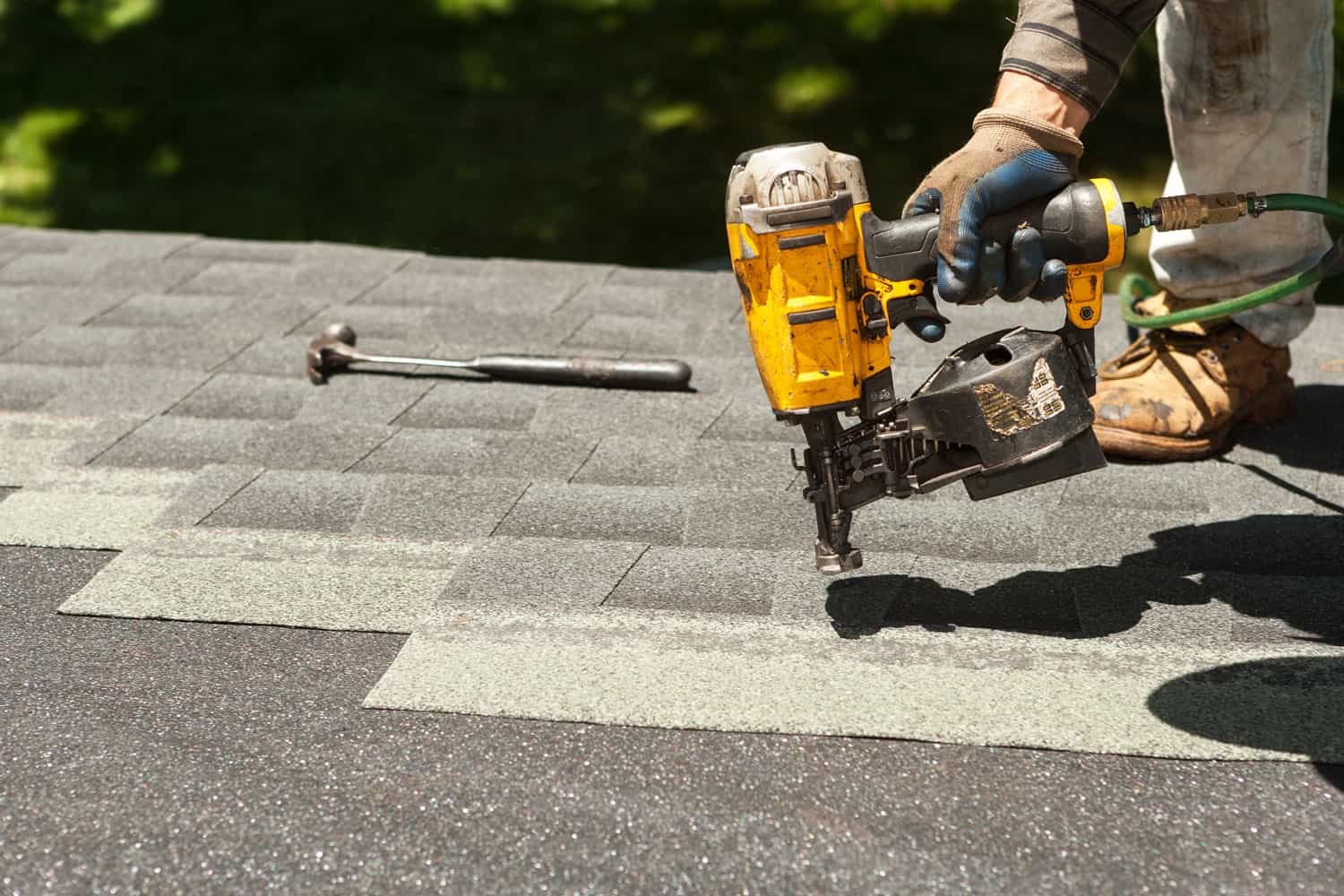
Proper installation techniques are crucial for the performance and lifespan of any asphalt shingle roof.
Choosing an experienced, reputable roofing contractor is paramount to ensuring all these components are addressed correctly. They can advise on the best materials for your specific roof design and local climate and guarantee quality workmanship.
When to Consider Roof Replacement or Repair
Understanding the signs of roof aging or damage helps you know when it's time to consider repair or replacement.
- Age of the Roof: If your asphalt shingle roof is approaching or has exceeded its expected lifespan (e.g., 15-20 years for 3-tab, 20-30 years for architectural), it's wise to have it inspected, even if there are no obvious leaks.
- Missing or Damaged Shingles: Shingles that are cracked, curled, buckling, or missing altogether compromise the roof's ability to protect your home.
- Granule Loss: Excessive loss of granules, often seen as bald spots on the shingles or granules accumulating in gutters, indicates that the shingles are losing their protective layer and are nearing the end of their life.
- Leaks or Water Stains: Water stains on ceilings or walls, especially after rain, are a clear sign of a leak. Tracing the source of a leak can be complex and requires professional expertise.
- Sagging Roof Deck: A sagging roof deck indicates a structural issue that needs immediate attention.
- Moss or Algae Growth: While common in humid climates like coastal Oregon, heavy moss growth can trap moisture and damage shingles. It often indicates underlying moisture issues or poor ventilation and may require professional cleaning or treatment, or could signal the need for replacement if the shingles are already old or damaged.
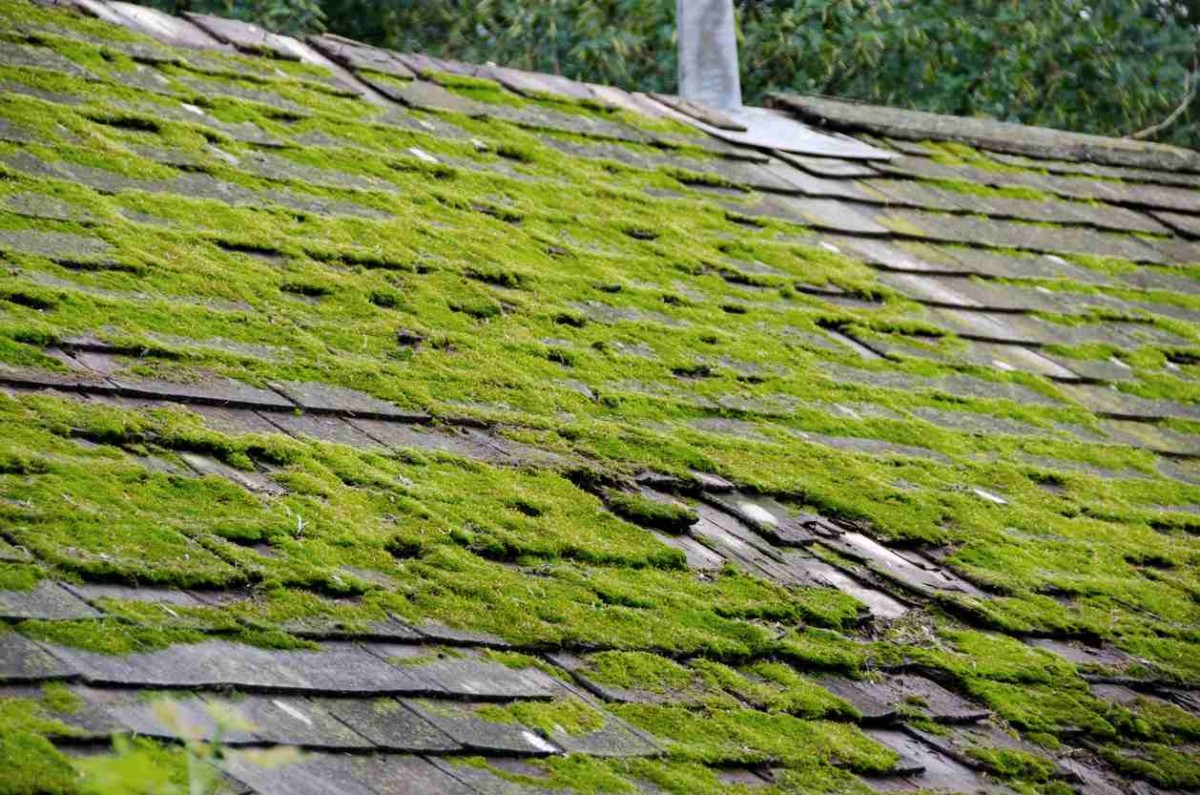
Moss growth is common in damp climates and can indicate trapped moisture or the need for maintenance.
If you notice any of these signs, particularly leaks or significant damage after a storm, prompt professional assessment is necessary.
For immediate concerns like active leaks or storm damage that require urgent attention from a qualified professional, you need to schedule an inspection quickly.
SkyQuote can connect you directly with pre-vetted local roofing contractors who can assess and address urgent issues.
For less urgent matters, such as planning for an eventual replacement based on the roof's age or appearance, gathering information and estimates is a good approach.
FAQ: Your Questions About IKO Shingles Answered
Here are some frequently asked questions about IKO shingles and roofing decisions:
- Q: Are IKO shingles the cheapest option?
A: IKO is generally positioned as a more affordable brand, and their standard architectural shingles are often among the lowest priced compared to competitors like Malarkey, GAF, Owens Corning, and CertainTeed. However, prices can vary by region and specific product line. - Q: How long do IKO shingles last?
A: The advertised lifespan for IKO architectural shingles is typically 25 years to lifetime, similar to other brands. However, actual lifespan can be shorter depending on installation quality, local weather conditions (like the coastal climate in Lincoln City, Oregon), roof slope, and maintenance. Some reports suggest certain IKO lines may not reach the upper end of their potential lifespan due to durability issues like premature granule loss. - Q: Does IKO offer a good warranty?
A: IKO offers warranties on their shingles. Like most roofing warranties, they often include an initial non-prorated period (e.g., 5-10 years) followed by a prorated period. It's crucial to read the specific warranty document for the product you choose to understand coverage details, limitations, transferability, and claim procedures. Manufacturer warranties typically cover defects in the materials themselves, not installation errors or damage from external factors. - Q: Are IKO shingles prone to moss growth?
A: Like most asphalt shingles, IKO shingles can be susceptible to moss and algae growth in humid climates. Some of IKO's product lines, similar to competitors, may offer granules with algae-resistant properties, but this is not universal across all lines. Regular maintenance and proper ventilation are key to minimizing moss growth on any asphalt roof in the Pacific Northwest. - Q: Can I mix IKO shingles with accessories from other brands (underlayment, vents, etc.)?
A: While some components are often compatible, using a complete roofing system from one manufacturer (like IKO's PRO4 System) can sometimes qualify you for enhanced warranty coverage, provided it's installed by a certified contractor according to the manufacturer's specifications. It's best to consult with your roofing contractor and review warranty documents regarding system compatibility.
Choosing Your Roof Wisely
Selecting roofing shingles involves balancing cost, desired aesthetic, expected lifespan, and performance characteristics suitable for your local environment. While IKO shingles offer an attractive price point and a variety of styles, it is important to be aware of potential concerns regarding their long-term durability and granule retention compared to some higher-priced competitors. For homeowners in Lincoln City, Oregon, the demanding coastal weather makes durability and resistance to wind, rain, and moss particularly important considerations.
Getting professional advice is invaluable. A reputable local roofing contractor can inspect your current roof, discuss the specific needs of your home and the local climate, and provide recommendations on materials that offer the best long-term value and protection. They can also provide accurate estimates for the project.
Navigating the options and finding the right contractor doesn't have to be complicated. Whether you're exploring possibilities for a future project or need immediate assistance, resources are available to simplify the process.
To get a quick understanding of potential costs for a planned project, you can use an online tool that provides estimates based on satellite data.
Get your free instant roof estimate
If your need is urgent, such as dealing with a leak or storm damage, connecting directly with a qualified professional for an inspection is the necessary next step.
Ultimately, the best shingle choice is one that fits your budget while providing reliable, long-lasting protection for your home against the unique challenges of the Oregon coast climate. Researching brands, understanding warranties, and partnering with a trusted local contractor are essential steps to ensuring your new roof provides peace of mind for years to come.
